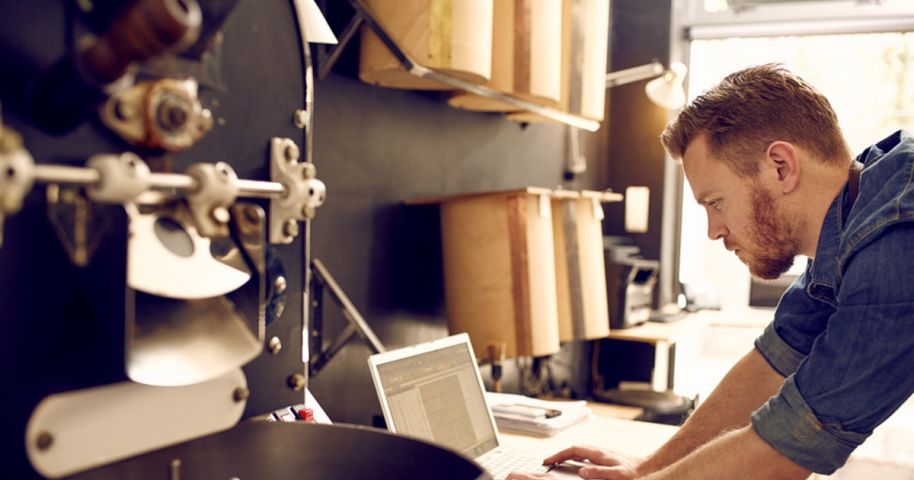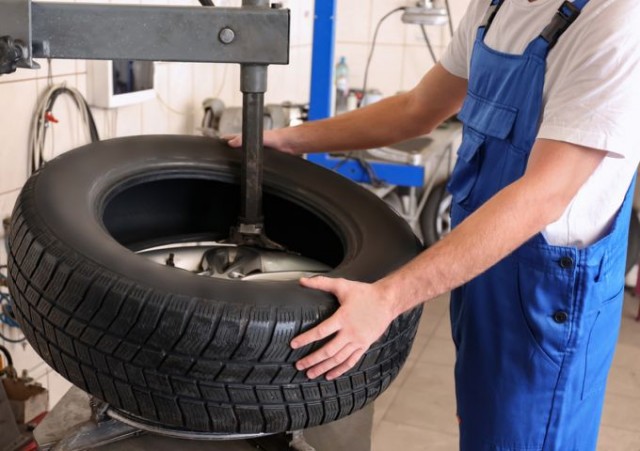Small business owners often struggle to know whether to lease or buy business equipment. It’s a critical decision and one that is shaped greatly by access to capital and cash flow.
When you need business equipment, try a lease vs. buy equipment calculator to help you make the most strategic decision. Small business calculators are a valuable tool to help understand your business, its expenses and revenues, and valuation.
Factors in the Lease vs. Buy Decision-Making Process
There are several advantages to each side of the question. Capital purchases are essential for businesses, both at time of start-up and when growing the business. Equipment is often crucial for a successful launch or expansion effort.
Among the advantages of each option are:
Lease
- Lower up-front payments (typically)
- Tax benefits
- Minimal maintenance costs
Purchase
- Ownership at the conclusion of payments
- Customization
- Tax benefits, including depreciation
- No conditions on return
Lease vs. Buy Calculators Explained
There are many examples of lease vs. buy calculators. While each has its own features and differences, the basic inputs and outputs of each are:
- Common Assumptions (factors that play into both a lease or purchase)
- Sales price
- Down payment
- Sales tax percentage rate
- Length of the term (lease or for purchase analysis)
- The market value of the equipment at end of lease or purchase analysis
- Purchase
- Annual percentage rate on a loan
- Term of the loan in months
- Other fees financed as part of the loan (do not include down payment here)
- Lease
- Annual percentage rate
- Other up-front costs (do not include down payment here)
Once you input the data, the lease vs. buy calculator generates a recommendation along with a breakdown of the various financial obligations, including:
- Leasing costs
- Calculated monthly payment
- Total payments
- Other up-front costs
- Down payment
- Total lease cost
- Purchase costs
- Calculated monthly payment
- Total payments
- Down payment
- Outstanding loan balance
- Total purchase cost
Consider an example with real numbers:
Common Assumptions
Sales price: $50,000
Down payment: $10,000
Sales tax rate: 8 percent
Term length: 36 months
Market value of the equipment at end: $30,000
Purchase
Annual percentage rate: 6 percent
Term of loan: 60 months
Other fees financed: $5,000
Lease
Annual percentage rate: 8 percent
Other up-front costs: $4,000
Those inputs generate a recommendation to buy instead of lease, noting that you’d save $2,427 over the term. The summary includes:
Leasing costs
Calculated monthly payment: $614
Total payments: $22,091
Other up-front costs: $4,000
Down payment: $10,000
Total lease cost: $36,091
Purchase costs
Calculated monthly payment: $1,491
Total payments: $53,664
Down payment: $10,000
Outstanding loan balance: $0
Market value: $30,000
Total purchase cost: $33,664
*Note that while the total purchase cost is lower, it also assumes that you will then sell the equipment at the end of the purchase.
Financing an equipment purchase is an important step for any small business. At Benetrends, we help businesses with innovative funding solutions that leverage your existing 401(k) and IRA funds to support your dreams. To learn more, download Innovative Funding Strategies For Entrepreneurs.

